Tata Harrier vs Hyundai Creta vs Jeep Compass vs Mahindra XUV500: Spec Comparison
Here's how Tata's promising new Harrier SUV stacks up against its established rivals on paper. When the all-new Tata Harrier goes on sale in January 2019, it will be one of the hottest launches by any car manufacturer in the country in recent times.
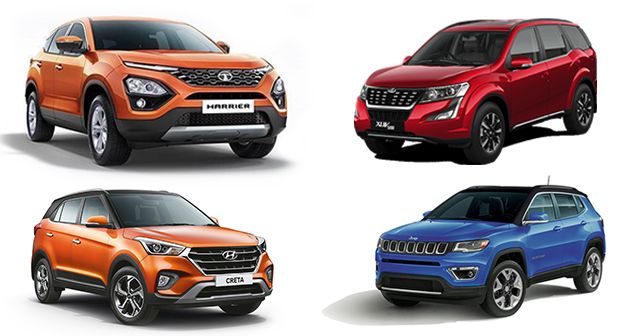
Here's how Tata's promising new Harrier SUV stacks up against its established rivals on paper...
When the all-new Tata Harrier goes on sale in January 2019, it will be one of the hottest launches by any car manufacturer in the country in recent times. There are a couple of reasons for that. First and foremost, it’s a big SUV, and that’s exactly what all of us want these days, don’t we? And, more importantly, it’s going to enter the price bracket that’s dominated by the likes of the Hyundai Creta, Jeep Compass and Mahindra XUV500 – all of which, individually, are hot-sellers for their respective makers.
So, the obvious question in everyone’s mind is this – has Tata covered all the bases with the Harrier? From what we can tell you right now, it seems the Harrier has, for the most part, got the measure of its rivals. Well, on paper at least.
Dimensions
If you believe that ‘bigger is better’ then the Harrier is a clear winner in this department. As you can see in the chart below, the Tata is the longest and widest SUV of the lot, and it also has the longest wheelbase. In fact, barring the XUV500, the Harrier is significantly bigger than the Creta and Compass – so much so that it looks like it belongs to a different segment.
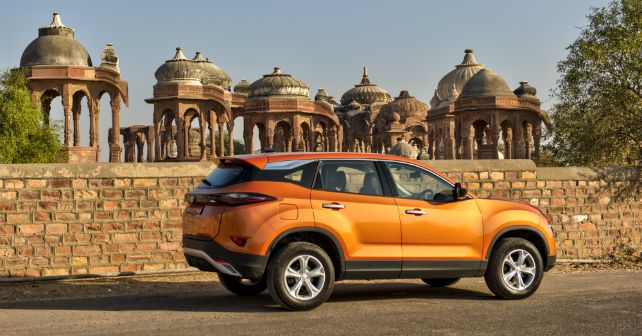
The XUV500 is the tallest SUV here, while the Jeep sits surprisingly lower than others. That said, with a ground clearance of 205mm, the Compass is evenly matched with the Harrier.
| Tata Harrier | Hyundai Creta | Jeep Compass | Mahindra XUV500 | |
| Length (mm) | 4,598 | 4,270 | 4,395 | 4,585 |
| Width (mm) | 1,894 | 1,780 | 1,818 | 1,890 |
| Height (mm) | 1,706 | 1,630 | 1,640 | 1,785 |
| Wheelbase (mm) | 2,741 | 2,590 | 2,636 | 2,700 |
| Ground Clearance (mm) | 205 | 190 | 205 | 200 |
Drivetrain
The Tata Harrier will be launched in a single drivetrain option – a 2.0-litre turbocharged diesel motor, paired to a 6-speed manual gearbox that sends the drive to the front wheels. This is the same engine as the Jeep Compass, however, it’s been detuned to produce 138bhp vs 170bhp in the Jeep. Torque, at 350Nm, is identical for both the vehicles. The Jeep, however, has AWD optional. Also, the Jeep comes with a 1.4-litre petrol engine that can be had with a manual or automatic gearbox. The petrol variant is only FWD though.
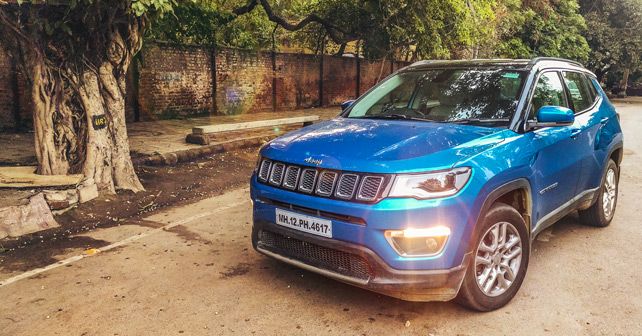
The Creta is available with a 1.6 petrol engine and two diesel engine options – a 1.4 and a 1.6. The 1.6-litre diesel engine is obviously the one that will compete with the Harrier. With 126bhp and 260Nm, it sure could've had more power and torque, but it’s a sprightly and responsive motor. This engine is available with either a 6-speed manual or a 6-speed automatic. Like the Harrier, the Creta only gets FWD.
The XUV500 has the widest range of drivetrain options – it comes in both petrol and diesel powertrains. There’s FWD and AWD options, as well as automatic and manual gearboxes to choose from. The 2.2-litre turbo diesel is, of course, the mainstay of the XUV500. It develops 153bhp and 360Nm of torque. It’s a peppy mill, and the drivability is superb.
| Tata Harrier | Hyundai Creta | Jeep Compass | Mahindra XUV500 | |
| Engine | 1,956cc Inline-4 Turbocharged | 1,582cc Inline-4 Turbocharged | 1,956cc Inline-4 Turbocharged | 2,179cc Inline-4 Turbocharged |
| Power | 138bhp @ 3,750rpm | 126bhp @ 4,000rpm | 170bhp @ 3,750rpm | 153bhp @ 3,750rpm |
| Torque | 350Nm @ 1,750 - 2,500rpm | 260Nm @ 1,500rpm | 350Nm @ 1,750rpm | 360Nm @ 1,750rpm |
| Transmission | 6-Speed Manual | 6-Speed Automatic 6-Speed Manual | 6-Speed Manual; AWD (Optional) | 6-Speed Automatic 6-Speed Manual; AWD optional |
Features & Equipment
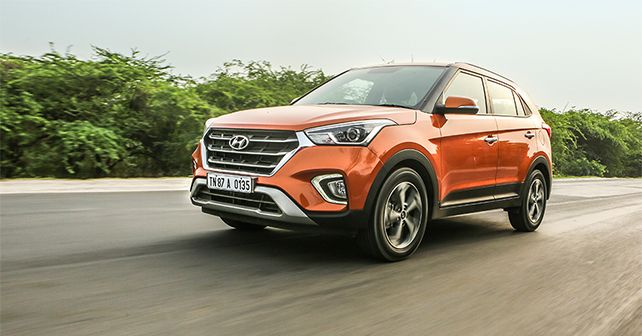
All four SUVs come loaded with features in their top-end variant. Equipment like touchscreen infotainment, rear parking sensors and camera, electrically foldable ORVMs, keyless entry and start-stop ignition system, rear ac vents, projector headlamps and automatic climate control are offered in all of the vehicles. In terms of safety, the top-end variants of all these SUVs come with 6 airbags and ABS with EBD. That said, as you can see in the table below each of them offers more equipment than the others in one or the other area.
| Tata Harrier | Hyundai Creta | Jeep Compass | Mahindra XUV500 | |
| Touchscreen | 8.8-inch | 7.0-inch | 8.4-inch | 7.0-inch |
| Apple CarPlay/Android Auto | Yes/ Yes | Yes/Yes | Yes/Yes | Yes/No |
| Keyless Entry & Start-Stop | Yes | Yes | Yes | Yes |
| Cruise Control | Yes | Yes | No | Yes |
| Wireless Smartphone charging | No | Yes | No | No |
| Leather Upholstery | Yes | Yes | Yes | Yes |
| Automatic Headlamps & wipers | Yes/ Yes | No/ No | Yes/Yes | Yes/Yes |
| Driver-seat adjust | Manual | Electric | Electric | Electric |
| Sunroof | No | Yes | Yes (Limited Plus) | Yes |
| Electronic Parking Brake | No | No | Yes | No |
| Auto-dimming IRVM | No | Yes | Yes | No |
Expected Price
The market launch of the Tata Harrier will happen in January 2019, meaning that’s when its prices will be out. So, how aggressively will it be priced? You see, the Hyundai Creta's 1.6-litre diesel variants are priced between Rs 13.26 lakh and Rs 15.10 lakh, and we think the Harrier’s starting price would match the pricing of the top-end Creta variants. Similarly, the Mahindra XUV500 diesel manual’s prices start at Rs 12.50 lakh and go all the up to Rs 16.91 lakh (FWD). We believe the Harrier will undercut the prices of the latter since the Mahindra is a seven-seater and has a more powerful powertrain.
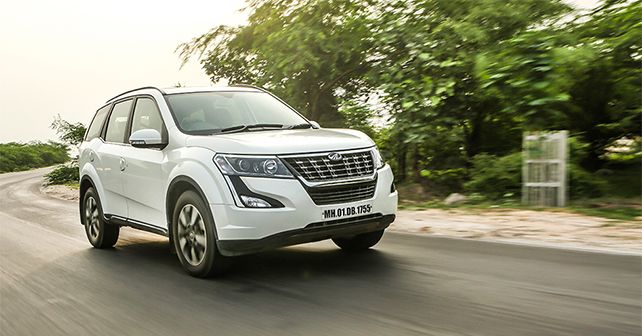
The Jeep Compass, on the other hand, commands more premium than the Hyundai or Mahindra – the Compass diesel’s pricing starts at Rs 16.60 lakh and goes up to a whopping Rs 22.90 lakh for AWD version. Since the Harrier is bigger and more spacious and will definitely be more affordable, it's definitely going to catch the attention of prospective Compass customers and will eat into the sales of its mid-range variants.
*All prices are indicative of ex-showroom, Delhi
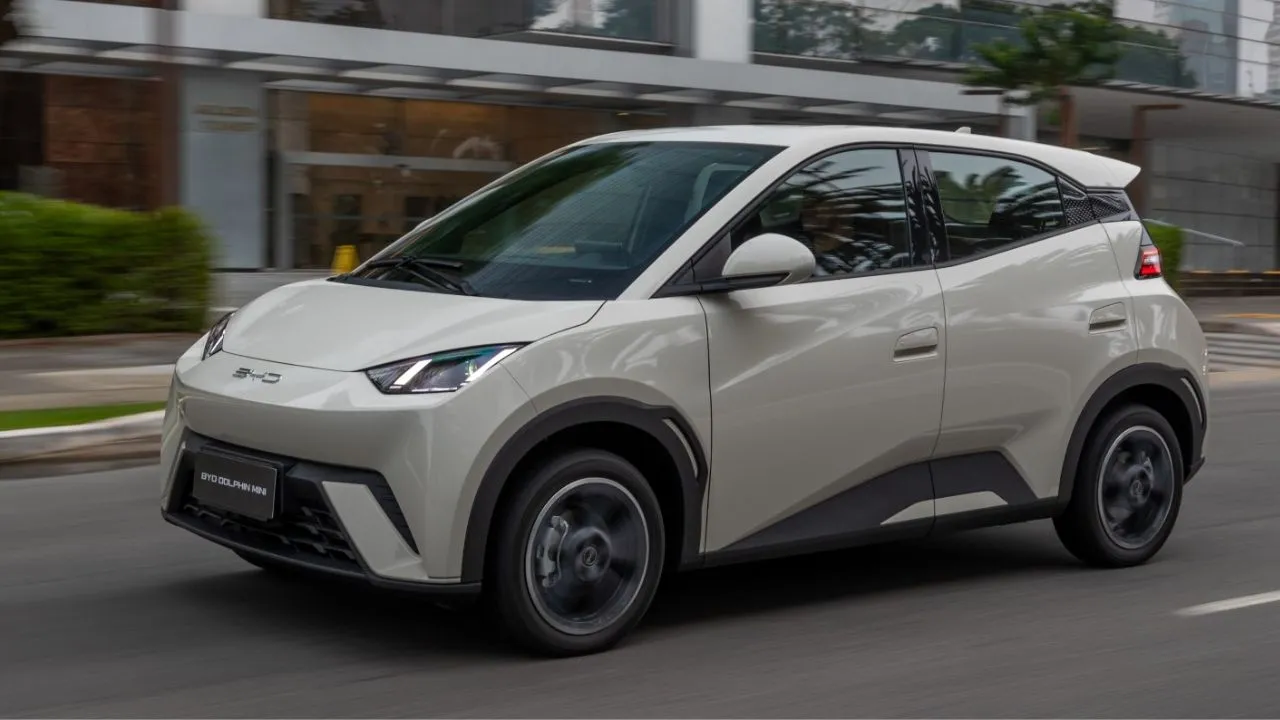
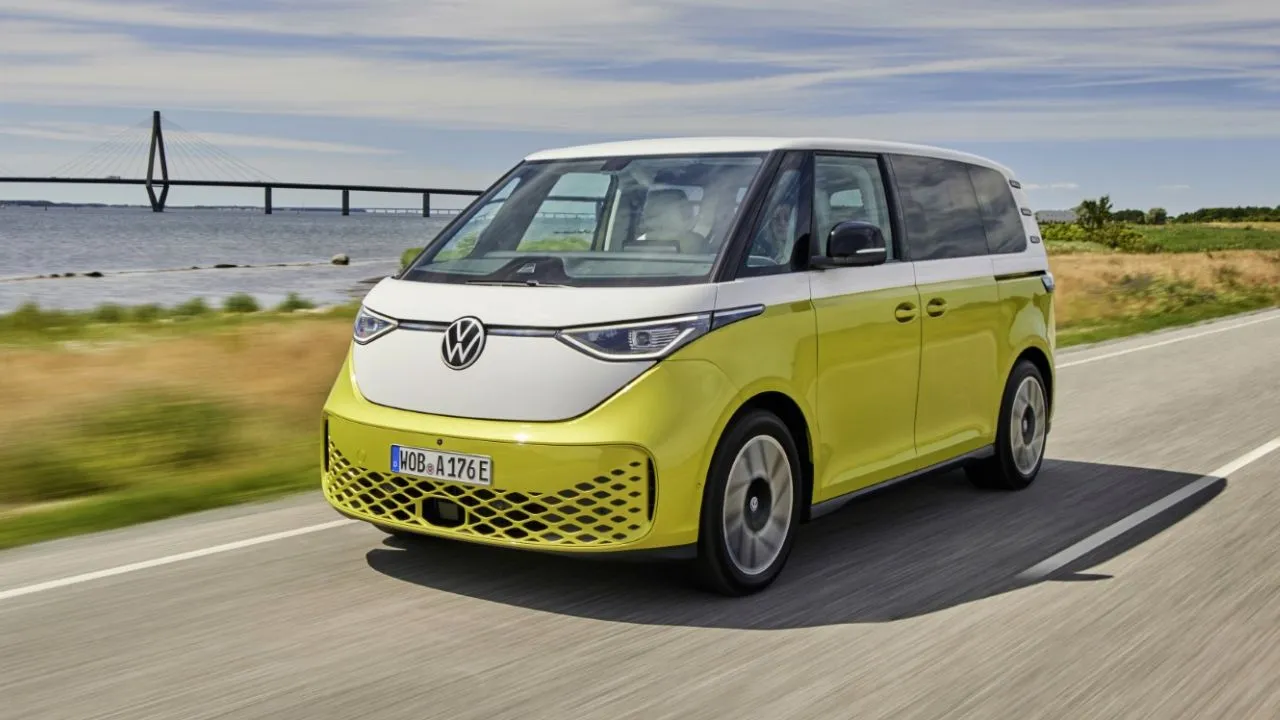
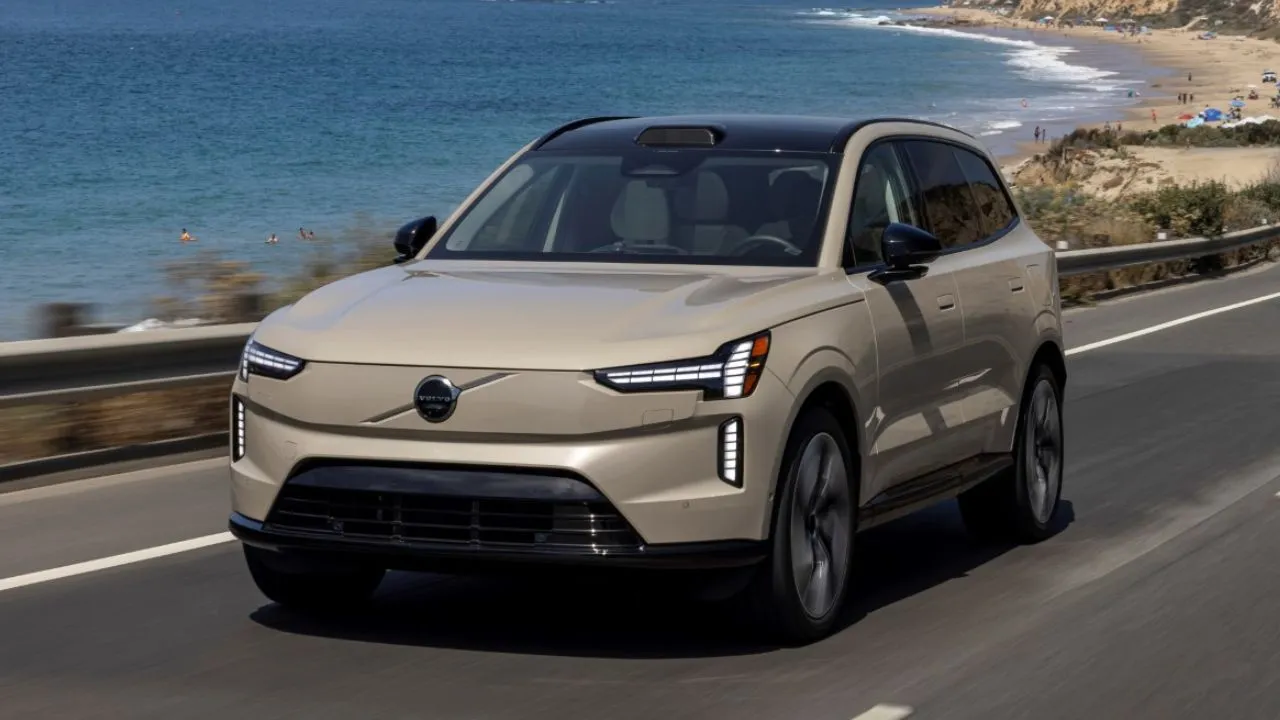
.webp)
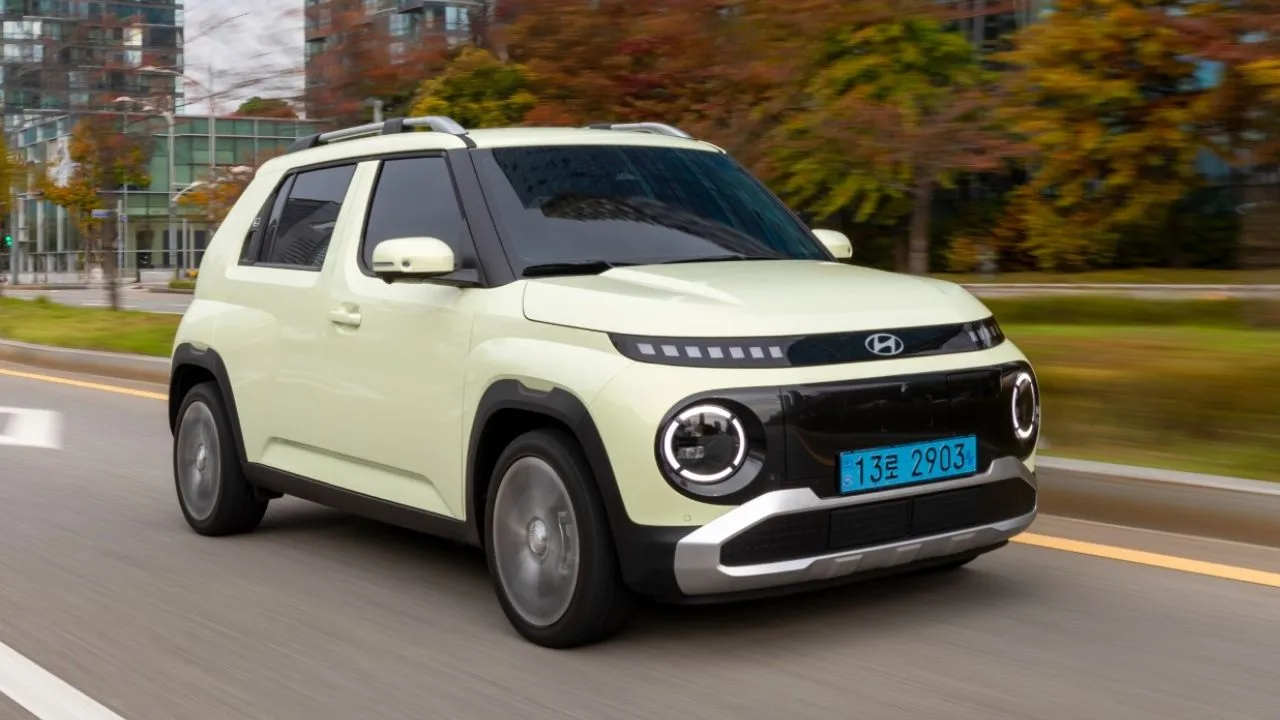
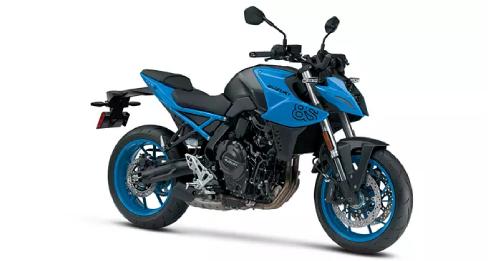
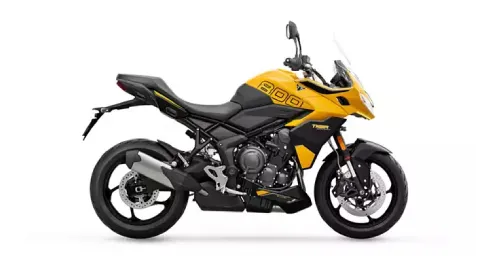
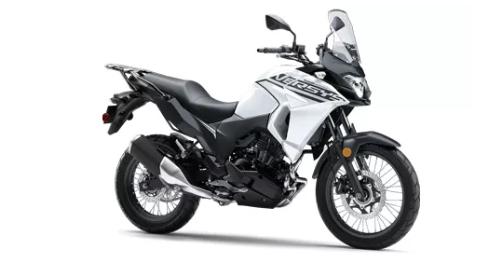
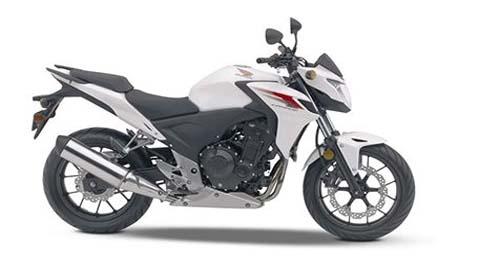
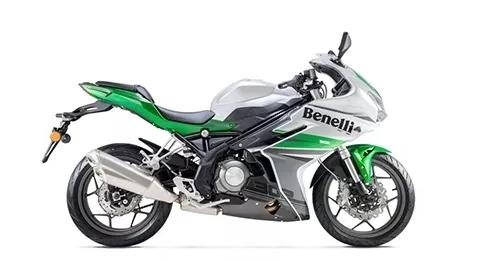


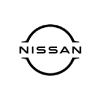











Write your Comment on